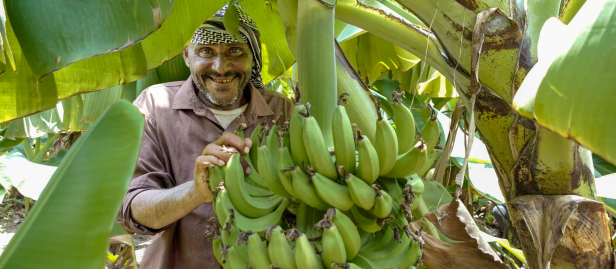Peace Support Facility for Yemen 2021 Annual Report

Peace Support Facility for Yemen 2021 Annual Report
March 2, 2023
Yemen continues to be in the midst of a protracted political, humanitarian, and developmental crisis. The crisis has reversed the development gains made prior to the conflict when Yemen was already the poorest country of the Arab region suffering from weak human development, high population growth, sporadic unrest, chronic food insecurity, and weak government institutions. In 2021, 23.4 million people required some level of humanitarian assistance, including 12.9 million recorded under extreme or catastrophic severity, facing a collapse or total collapse of living standards. More than 25 million Yemenis are food insecure including 7.3 million who are one step away from famine. An estimated 4.3 million people remain displaced in 2021, of which 3.3 need humanitarian assistance. Yemen is also the lowest ranked on UNDP's Gender Inequality Index since 2000.
The Peace Support Facility (PSF) was established in April 2019 following the Stockholm Agreement brokered by the United Nations Special Envoy of the Secretary-General for Yemen (SE) in December 2018. The Agreement represented significant steps towards a more comprehensive peace agreement. The PSF aims to support the peace process by implementing programmatic interventions agreed on by the Office of the Special Envoy of the Secretary-General for Yemen (OSESGY) and the UN Resident and Humanitarian Coordinator (HC/RC). The interventions are structured around three windows:
- Window 1: Initiatives emerging from high-level peace consultations or stemming from
interactions with the parties. - Window 2: Initiatives emerging from existing Track II dialogues.
- Window 3: Eventual interventions related to the transitional governance arrangement post-deal.
This annual report presents the Facility’s key achievements, challenges faced, lessons learned, and a financial summary of the implementation period (1 January – 31 December 2021).

 Locations
Locations




